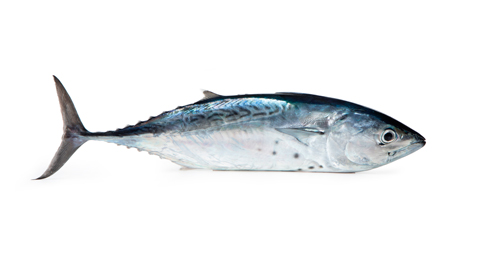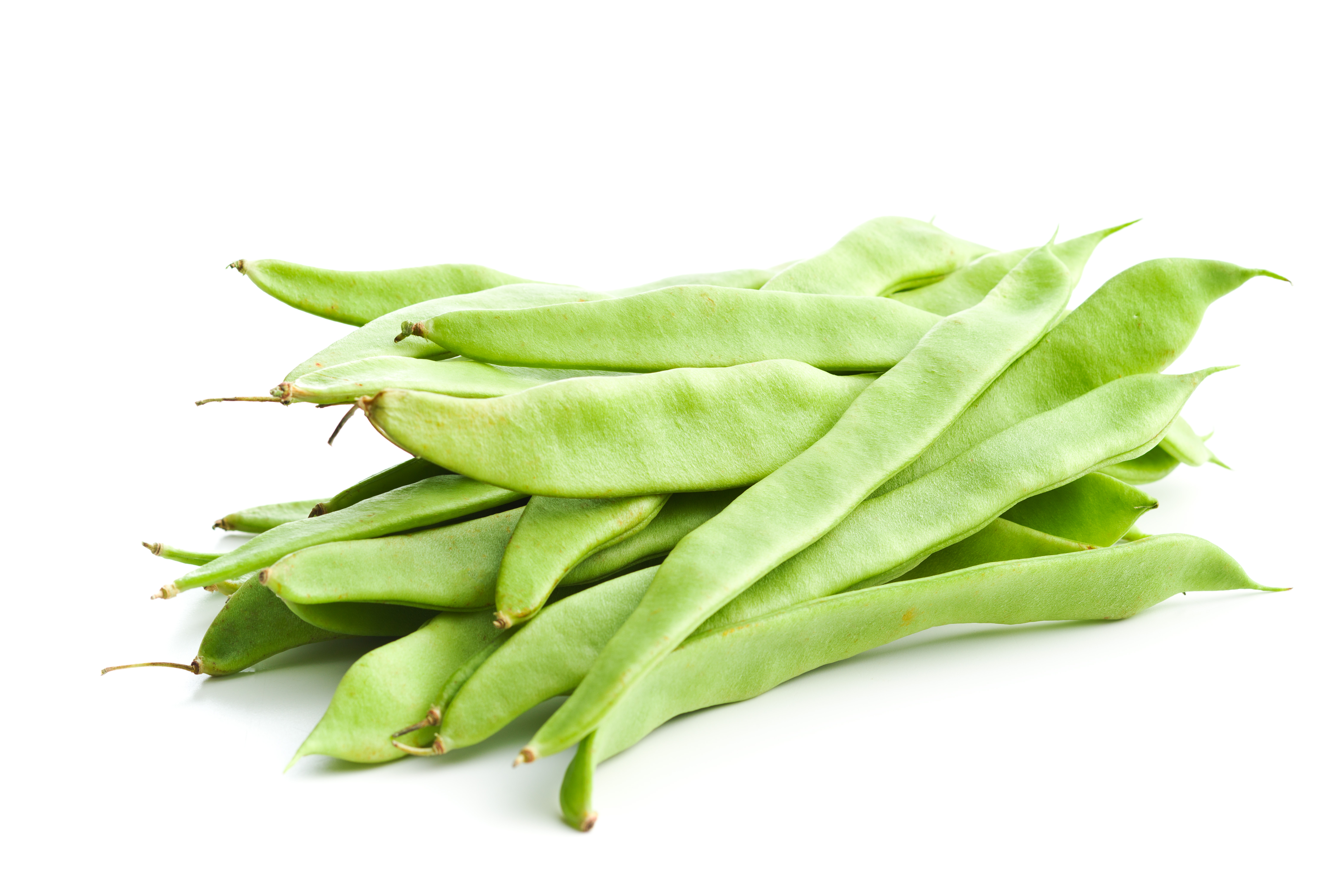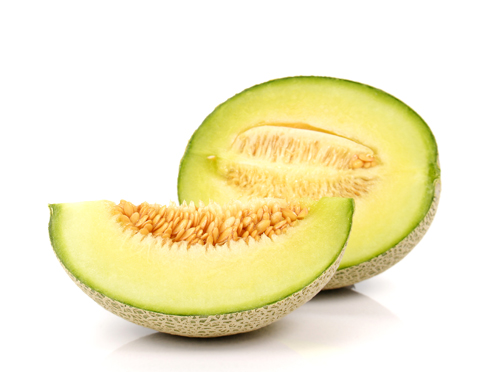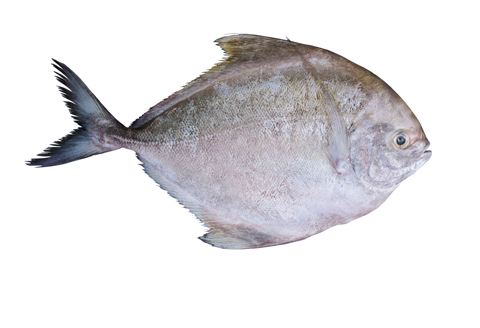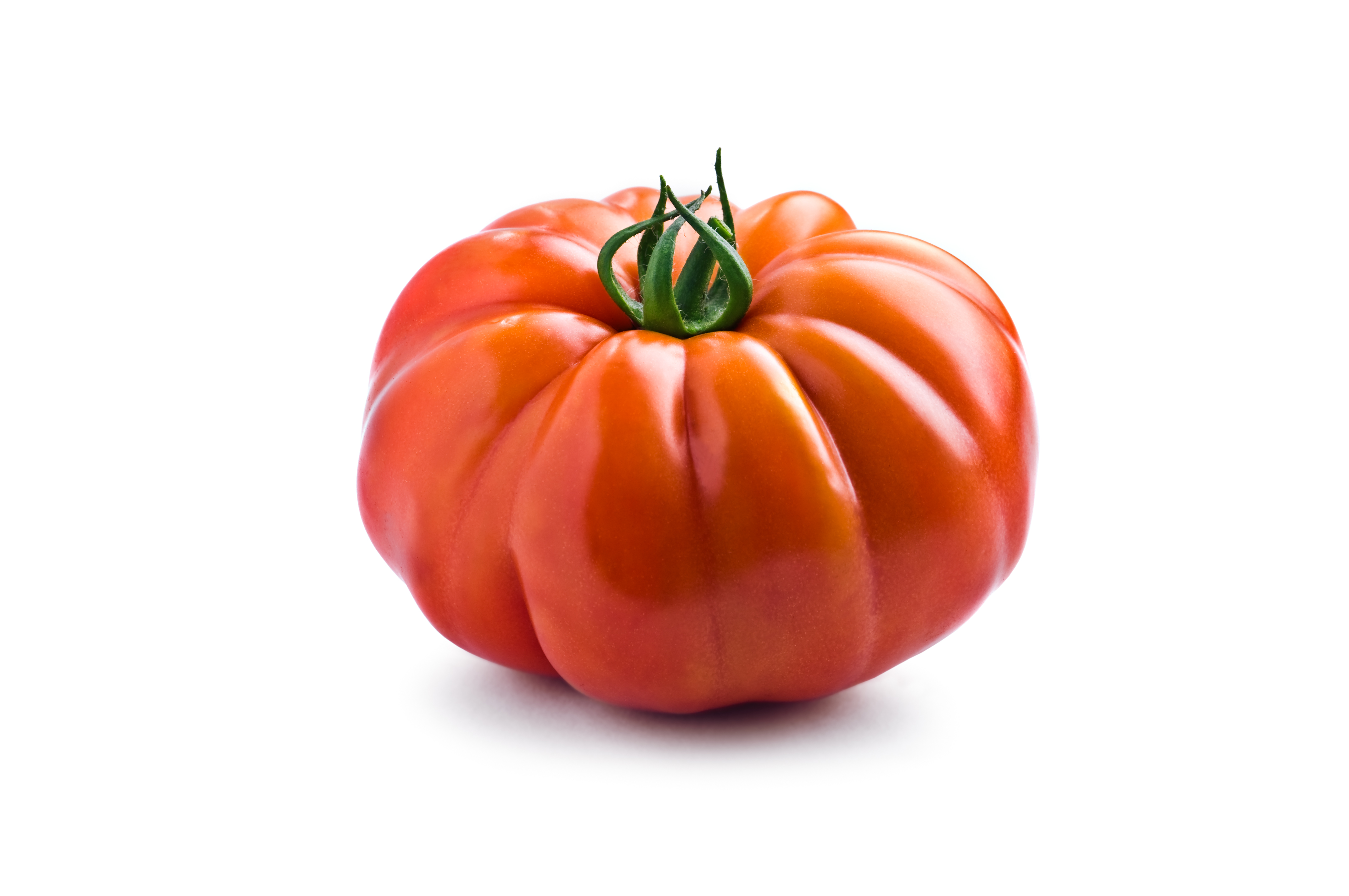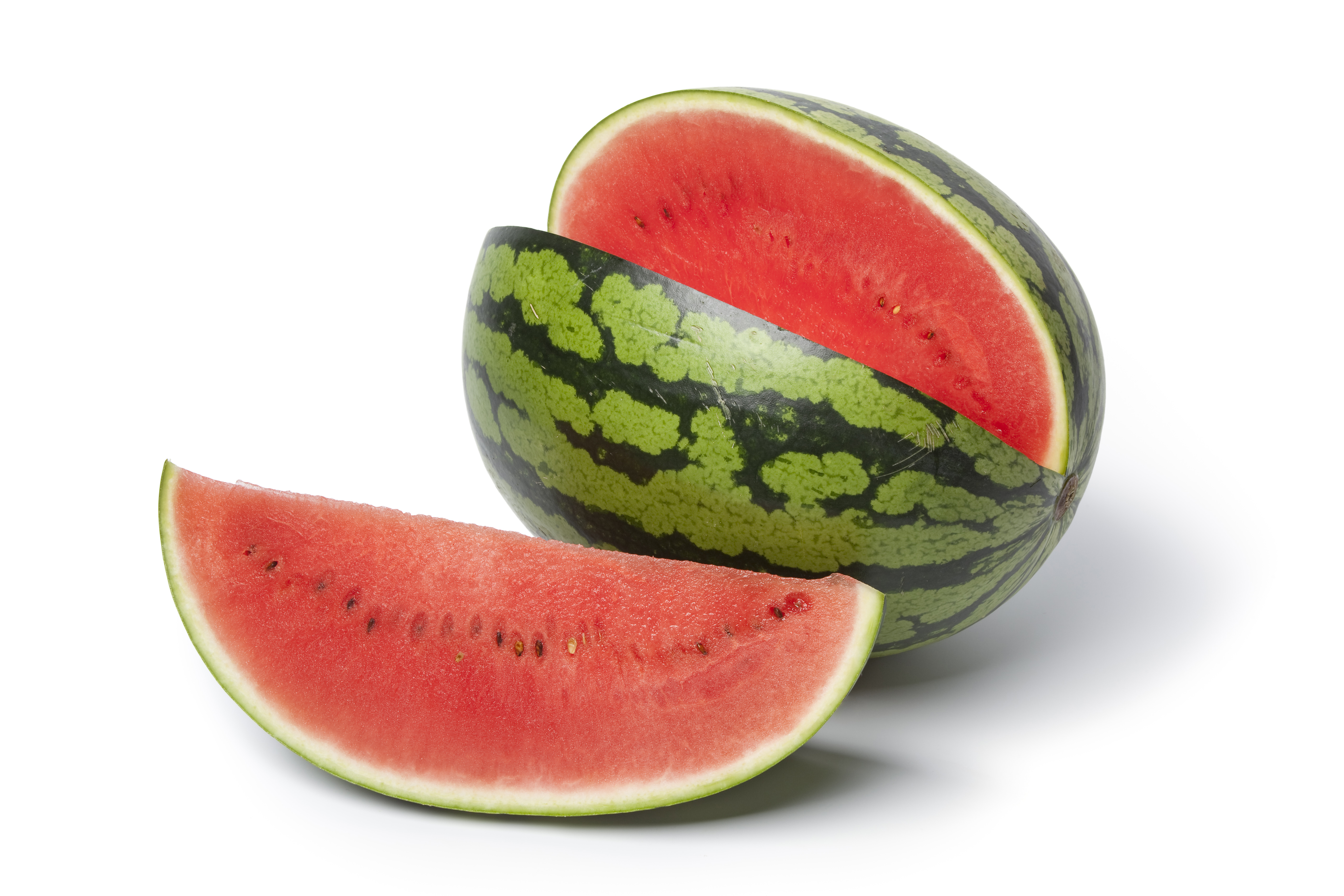Lettuce
Lactuca, commonly known as lettuce, is a genus of phanerogams, a monophyletic group (the name for a group that evolves from a common population, as with the evolution of Homo sapiens) from the plant kingdom, comprising plants that produce seeds. Lettuce belongs to the Asteraceae family, which includes 120 accepted species and 20,000 varieties, very few of which are cultivated. The best known species is the garden lettuce (Lactuca sativa), which can be an annual or perennial plant (as the plant is known when it lives for more than two years or which generally produces seeds more than once in its lifetime), and is the variety most widely consumed around the world. This lettuce is included in every Mediterranean diet and, thanks to its varieties, can be consumed throughout the year.
Some say it originates from southern Europe and that it later spread throughout the continent, others claim that it comes from India and others trace its origins back to Europe, Asia and North America. It is therefore not at all clear where it comes from, although we do know it began to be cultivated around 2,500 years ago.
During that period, besides being eaten, garden lettuce was also used as a medicinal plant in Egypt, Rome and Persia, among other places, and we can find written references to and engravings on varieties of lettuce in some sepulchres dating back to roughly 4500 BC.
The first types of lettuce we have references to were loose leaf varieties, while crisphead varieties remained unknown in Europe until the 16th century.
The milky liquid is the sap that oozes out of the plants stems when cut.
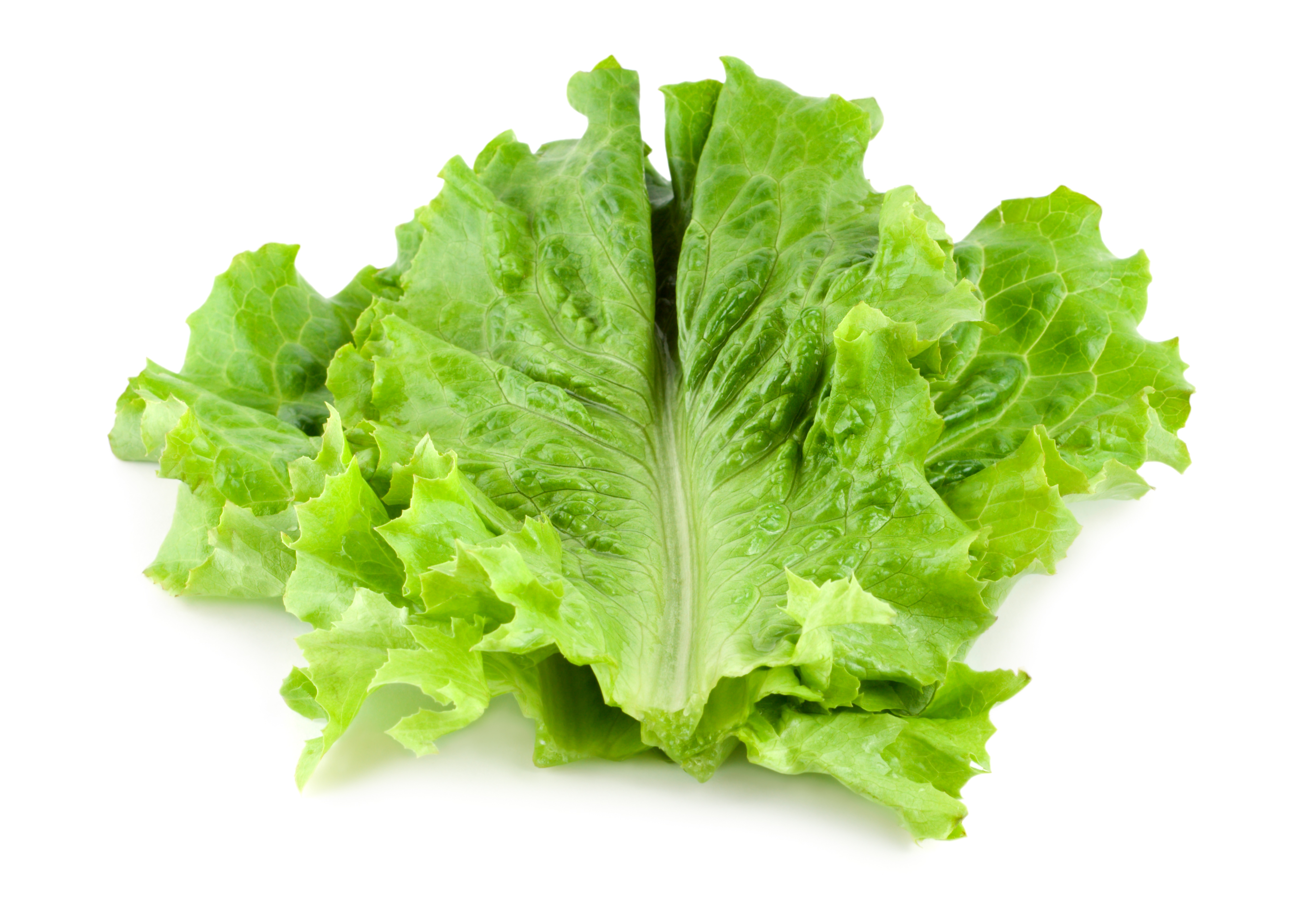
-
Their life cycle ranges from 60 to 90 days, after which the plant becomes more wrinkly and starts to prepare for flowering. Note that, this cycle shortens considerably in a more temperate climate over the summer months, for example, and all the more so these days as a result of global warming. In general, the optimal temperature for their cultivation should be between 15 °C and 18 °C. If the temperature rises above 21 °C, lettuces tend to expand their stems and more latex is created, which is bitter to the palate, representing a loss in flavour value.
-
The edible parts of lettuce are its leaves and stem, that is, the entire part above ground is used, of maximum size and compact head in varieties that form one, but before the flowering stem lengthens or its leaves turn yellow. Lettuce is a vegetable made up of large overlapping leaves, forming a cabbage in some cases. It comes in several shapes, sizes and colours, so we can find green and red lettuces. It may have serrated leaves.
-
Lettuce is a vegetable containing 1.37 grams of protein, 1.40 grams of carbohydrate and 1.36 grams of sugar per 100 grams. It has no fat and provides 19.60 calories to our diet. Its nutrients also include vitamins B9, A, K and C.
A portion of lettuce will provide you with 247 mg or 10% of your recommended daily potassium requirements.
Lettuce is a rich source of vitamin K, as 100 g of it contains 113 gu. of that vitamin. It is a low-calorie food, containing a mere 19.60 kcal per 100 g. It is also beneficial for the correct clotting of blood. Lettuce is also recommended for bone metabolism.
-
- Lollo rosso or red-leaf lettuce: The lollo rosso or red-leaf lettuce variety is originally from Italy and is notable for the reddish and very crinkly ends of its leaves. It has a slightly bitter flavour, and the best time of the year for eating it is in the months after the summer.
- Escarole: escaroles may have smooth or crinkly leaves, depending on their variety, but always have a spicy flavour with very characteristic bitter touches. The central leaves are clearer and less bitter. Their best period is winter.
- Red oak leaf lettuce: Among the most common types of lettuce found at the table today is the red oak leaf lettuce. Its leaves range from purple to green in colour and are very crinkly. It tends to have a sweet flavour. It is known for its tender texture and the best months to eat it are between March and June.
- French lettuce: also known as trocadero lettuce, the French lettuce variety has long, very green and fine leaves and a mild, sweet flavour. We recommend you eat it in the spring, as that certainly is its best period. It is commonly found in salads, whether on its own or mixed with other types of lettuce.
- Iceberg lettuce: Iceberg lettuce, which is commonly found in supermarkets, is shaped like a compact sphere. It is so named because of its resistance to cold. This variety is commonly used as a garnish for every kind of dish thanks to its mild flavour.
- Cos lettuce: also known as Romaine lettuce. Cos lettuce has long leaves and clearly distinct midrib. It is one of the most popular lettuces and, what is more, is the variety with the highest nutritional value. The best time to eat it is in the summer.
- Littlegem: This variety is similar to but smaller than cos lettuce. Its leaves are small and crinkly and it has a notably mild flavour. It is cultivated in the Netherlands and the best time of the year for eating it is at the end of the summer and start of the autumn.
- Tatsoi lettuce: tatsoi lettuce is originally from Asia. This variety is hard to find on its own, as it is usually sold in bags with a mixture of different lettuces. Its leaves are dark green and it has an intense flavour making it popular in mixtures with other types of lettuce with milder flavours.
- Red chard lettuce: Red chard lettuce has a pomegranate-colour stem and intense-green leaves, although there are other varieties of this lettuce that share the green colour of the leaves, but where the sharp tone of the trunk and ribs are different and may be red, pink, fuchsia or yellow. It is eaten raw or cooked and it has a very characteristic intense flavour. It grows quite slowly compared to its other varieties.
- Batavia lettuce: another type of lettuce is the variety known as Batavia, which is similar to French lettuce. Its leaves are clear green, crinkly and fleshy in texture. They are very crispy. Batavia lettuce, in turn, has given rise to several varieties, one of which has very dark red outer leaves.
- Rocket: rocket is a variety of lettuce from the Mediterranean area. It has an intense flavour with a spicy, bitter touch, and is cultivated throughout the year, although it needs to be picked before it flowers.
- Corn salad lettuce: Also know as mâche, it has very small leaves and is eaten mainly in Europe. It has a mild, fresh flavour and numerous nutritional properties. Its season is between autumn and spring.
- Endive: with hard and rigid white-coloured leaves, this lettuce stands out for its sweet yet bitter flavour. The parts of the endive that are sold are only its heart, hence its bullet-like shape and compact leaves. The best season to eat it is from autumn to spring.
- Radicchio: This Italian variety, known as radicchio, has completely red leaves, except for their white ribs. The best time of the year for eating it is winter, although it is grown and consumed throughout the year. It has a bitter taste, a feature it partly loses when cooked. It is almost always cultivated using the whitening technique, to reduce the natural bitterness of the leaves to a certain extent.
-
Lettuce is normally eaten raw, given its mild, pleasant taste and it is also ideal for combining with every kind of salad: cold, with meat, fish, fruit, greens, nuts and accompanying sauces. It is also very useful to serve with hamburgers or some fried food, or simply for making bouquets.
-
Leafy greens quickly dehydrate and therefore dry out. To ensure the lettuce stays fresh, we can keep it in the fridge in a sealed bag and with kitchen paper inside to absorb any moisture. We can also clean and dry it in a lettuce spinner, after which it will keep for a few days. If the leaves have already dried, we can rehydrate them by leaving them in cold water for a few hours, after which they will be crunchy once more.
If you have surplus lettuce, you can use it before it goes off as an addition to soups or vegetable sautés.
Lettuce is an easy green to grow on home balconies or terraces. It needs little space and attention and can be grown throughout the year. The variety best suited to the summer is the Lettuce Four Seasons Marvel. If you plant it at home, whenever you wish to make a salad you can use its outer leaves, leaving the rest of the lettuce intact, as it will keep on growing and you will always have fresh leaves to use. When you see the central part beginning to extend upwards, then you will need to cut the whole lettuce before it prepares to flower, as its leaves will now start to harden.



